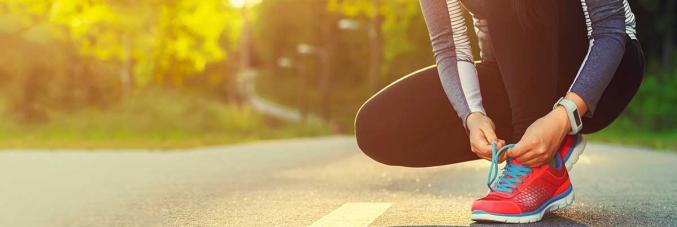
Sudden death during sport: ULSS 2 and UniPd publish a study
24.02.2023
As part of a study conducted in collaboration with the University of Padua, the data collected by the Sports Medicine ULSS 2 division of Veneto included the screening of more than 22,000 young athletes for heart disease, publishing its finding in the European Heart Journal under Value of screening for the risk of sudden cardiac death in young competitive athletes.
Conducting the research included a team under Patrizio Sarto - Director of Sports Medicine at ULSS 2, in collaboration with Domenico Corrado - Director of the UOSD Genetic Centre for Arrhythmic Cardiomyopathies and Sports Cardiology, and Alessandro Zorzi from the Department of Thoracic and Vascular Sciences and Public Health of the University of Padua.
Dr Sarto explains, “The study includes the scientific data collected by our team on 22,324 athletes between the ages of 7 and 18 who have undergone 65,397 medical evaluations over the years. Our screening modality differs from that proposed in other countries such as the United Kingdom, where young English football players undergo a single cardiovascular evaluation at the age of 16. Young Italian athletes are evaluated at a very young age and repeat the evaluation annually, this allows for the very early identification of cardiovascular diseases at risk of sudden cardiac death (SCD) during sporting activities, whereas the first evaluation is unable to highlight the pathology, subsequent checks are essential. Screenings conducted in Italy aim to identify pathologies with particular reference to the inclusion of an electrocardiogram (ECG), the appropriate starting age and frequency of repeat cardiovascular evaluations, and the eligibility of athletes diagnosed with cardiovascular diseases at risk of SCD.
A very important fact that emerged from the study is that as many as 74% of cardiovascular diseases presenting this risk were diagnosed in children and young people under the age of 16. Thanks to the Italian screening model, the lives of 69 young people were potentially saved. Out of 22,324 athletes evaluated, only one suffered from cardiac arrest during a sports activity and survived thanks to cardiopulmonary resuscitation and access to a defibrillator. "This is a very complex case because, despite the many tests performed, it has not yet been possible to identify the cause of the cardiac arrest," says Sarto.
A fact that emerges from the study - adds the Zorzis - is the fundamental role of the stress test in the medical-sports evaluation. In Italy, stress tests are always performed during the medical-sports visit, while abroad it is usually done at resting ECG.



